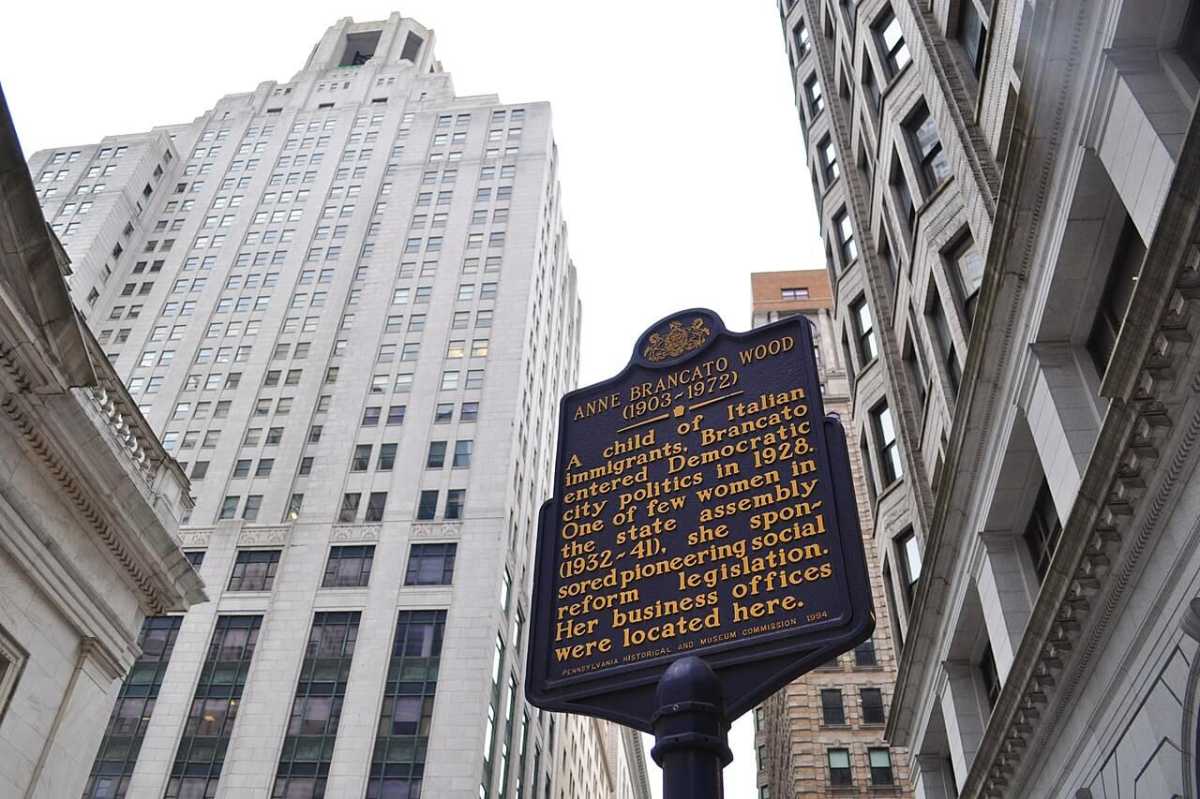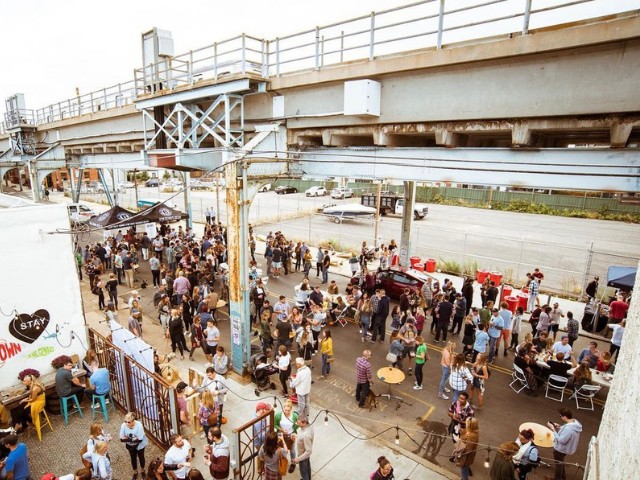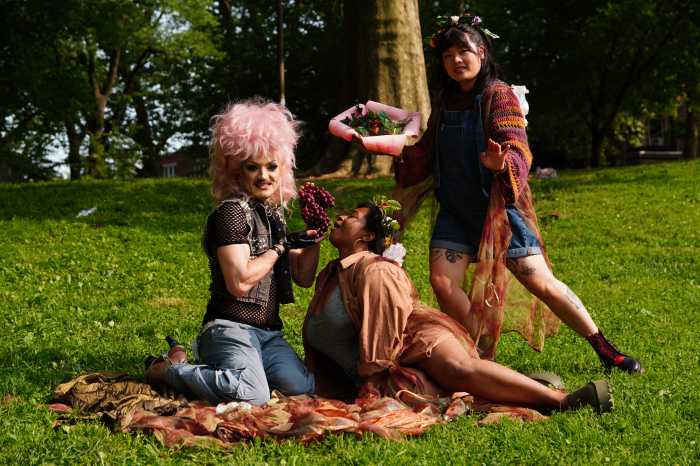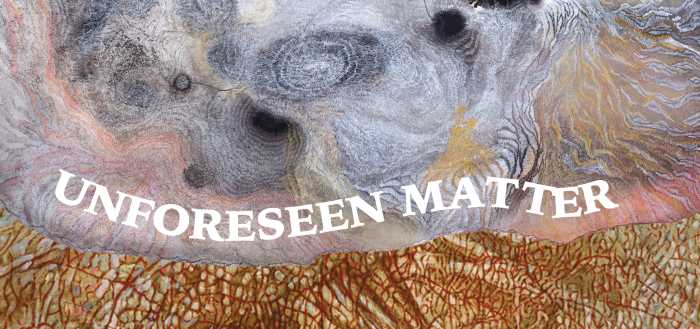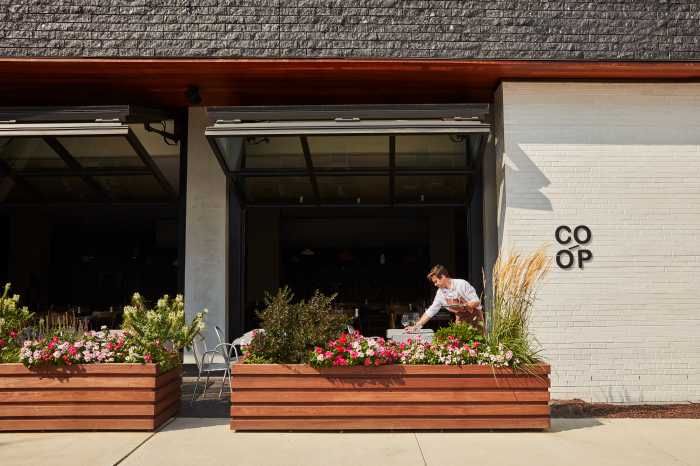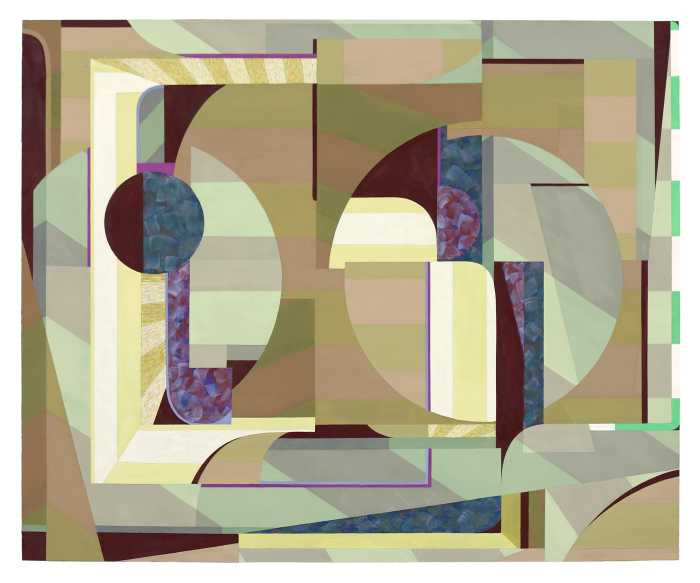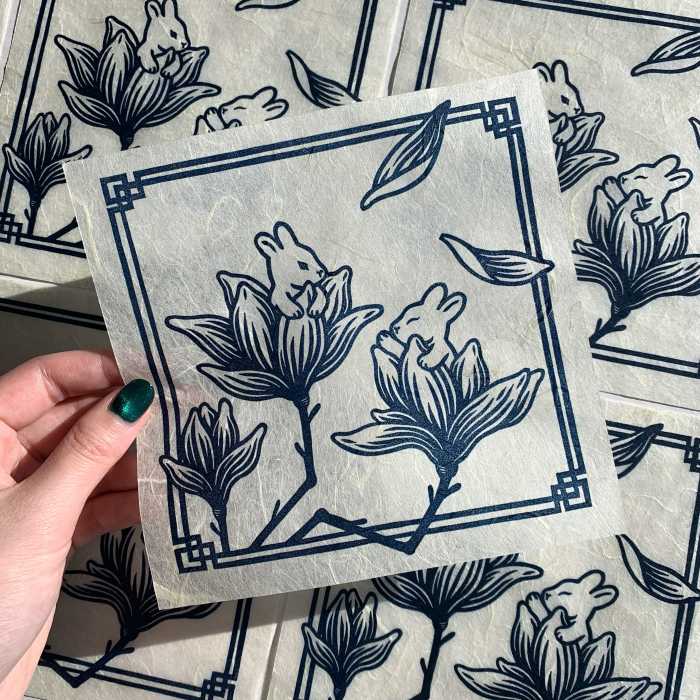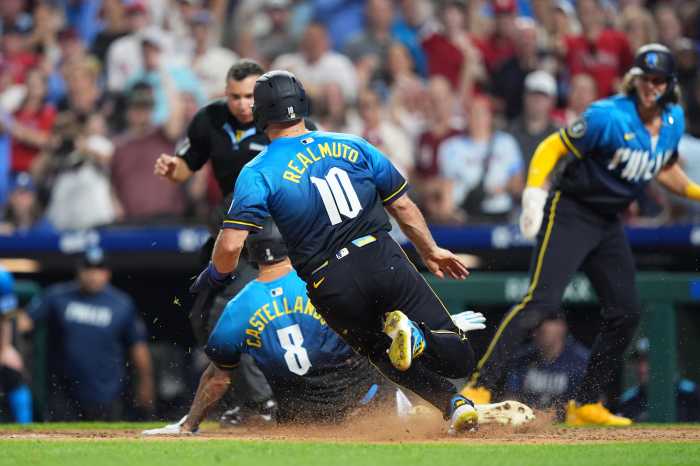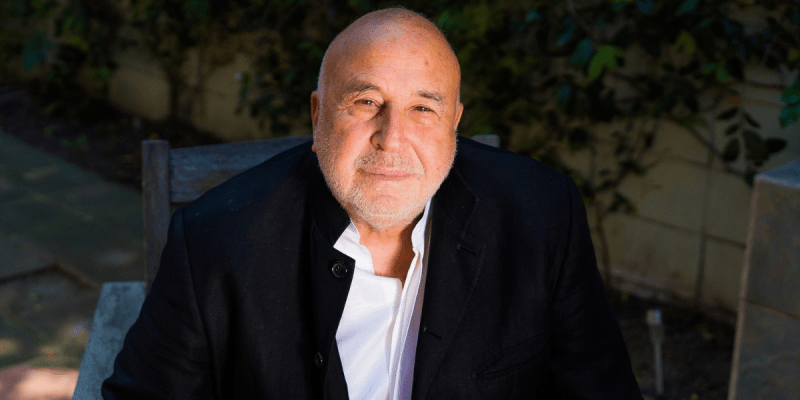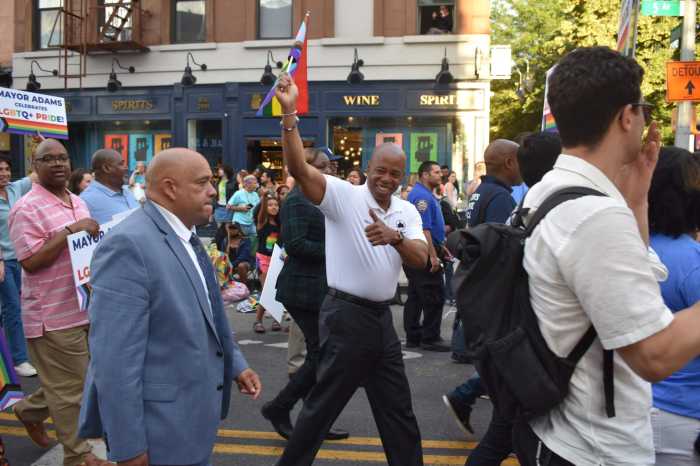Pennsylvania announced that 24 new state historical markers have been approved.
A release states that there were 48 applications, with only 24 accepted. The 24 will add to the 2,300 signs already posted throughout the state, including 6 in Philadelphia.
Starting in 1946, the Pennsylvania Historical Marker Program has taken notice of notable places, people and events throughout the keystone state. The signs showcase people and things from every walk of life.
Organizations, as well as individuals, can make nominations for historical markers. They are evaluated by a panel of independent experts from across the state. They are then approved by the agency commissioners.
According to a release, below is a list of the newly approved Pennsylvania Historical Markers in Philly:
Black Student Walkouts, Philadelphia
- In Nov. 1967, middle schoolers and high schoolers organized a citywide student walkout.
- They were demanding responsive education.
- It was the start of the youth movement of fighting for the educational right
- This caused major changes in hiring, curriculum, and civic engagement.
- In 2005, Philly became the first school district to require an African American history course as a requirement for graduation.
Escape of Ona Judge, Philadelphia
- Ona Judge was an enslaved woman who was owned by George Washington. She was in service to Martha Washington.
- She escaped the president’s house in Philly in 1796.
- She made her way to New Hampshire with help from the black and abolitionist communities.
- Washington tried to “retrieve” Judge for the rest of his life.
- Federal officials’ refusal to help recapture her
Gloria Casarez (1971-2014), Philadelphia
- Casarez was a Latinx civil right and LGBTQ activist.
- Casarez was Philly’s first director of the lesbian, gay, bisexual and transgender affairs.
- Her efforts made Philly a leader of LGBTQ rights protections in the entire country.
- Some contributions of hers are affordable housing, transgender health programs, and HIV/AIDS initiatives.
- This is also the first marker for a Hispanic American.
Palestra, Philadelphia
- This is a gymnasium that was built in 1927 at the University of Pennsylvania.
- It is well-regarded as one of the best basketball venues in the country because of its association with college basketball.
- It hosted the Philadelphia Big 5 college matchups for many years and tournaments and even national championships.
- The gym has been a model for basketball arenas across the nation.
- It is famous for its superior sightlines and design.
Philadelphia Gay News, Philadelphia
- This publication was published in 1976.
- The newspaper was one of the few LGBTQ community outlets for intercommunication during that time.
- It was a community-building vehicle, while the LGBTQ rights movement was still being created.
- It also became a lifesaving resource for those in need during the HIV/AIDS epidemic.
- It is the most awarded LGBTQ publication in the nation.
Plastic Club, Philadelphia
- This is an art club that was founded by a group of women artists in 1897.
- The group was made because they were denied membership to Philadelphia Sketch Club, which was all men.
- It is only of the oldest of it’s kind in the country.
- The club promoted omen’s professionalism and artistic abilities.
- It also was an outlet for exhibition and helped lead to important commissions for its members and led to recognition.
- Some well-known members of the club included Violet Oakley, Cecelia Beaux, and Emily Sartain.
For the rest of the list, go to pa.gov.



